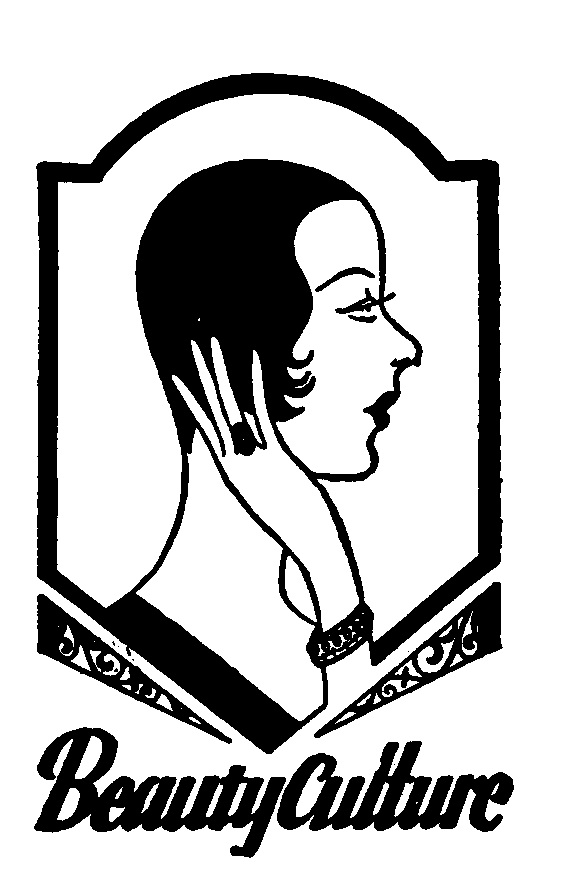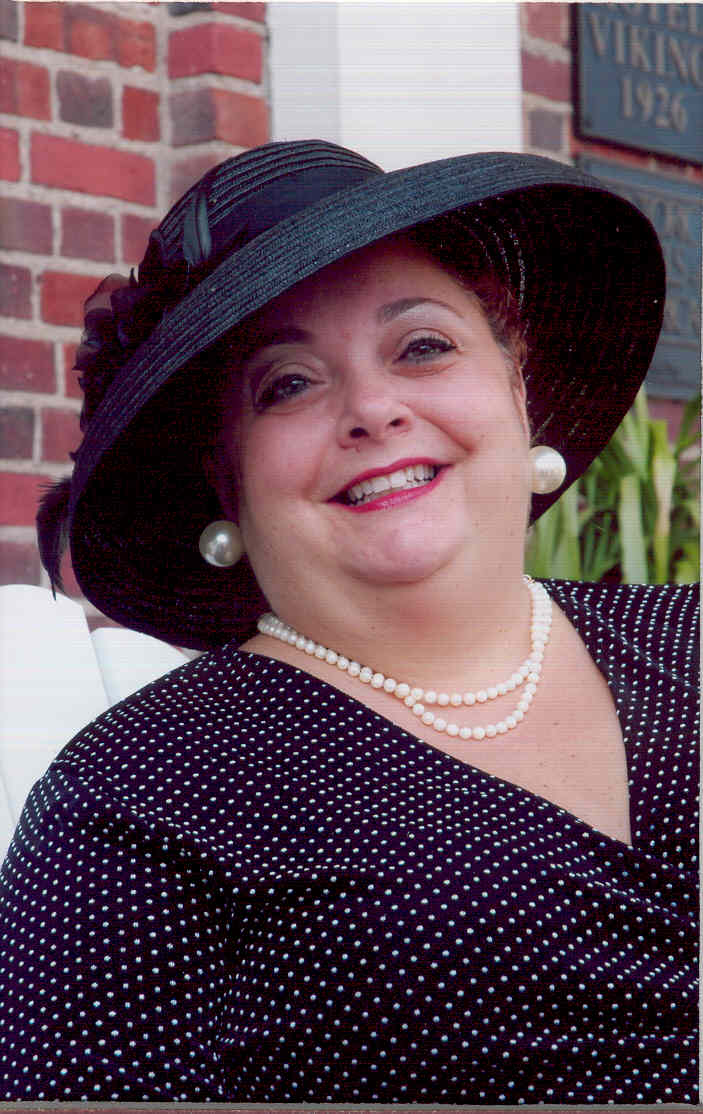
ALL THAT ZAZZ
By Mary N. DiZazzo

Sunscreen--Made in the Shade
Ciao bella,
We’ve come a long way since the ancient Greeks used olive oil as a type of sunscreen. Since this was not effective, many chemists and inventors tried and failed. It was not until 1944 that the first effective sunscreen was invented. WWII was on and the soldiers were getting serious sunburn. Thanks to pharmacist Benjamin Greene who started the wave of sun protection.
Modern products have much higher protection factors than Green’s sunscreen, but there are also negative effects. Some people rely on the product and do not understand SPF.
An effective sunscreen already developed in 1938 by a Swiss chemistry student Franz Greiter call “Glacier Cream” is an example of an SPF 2 and is classed as an effective sunscreen.
Most of us winter kittens had never heard of SPF when we were ‘teens at the beach. Most friends lathered themselves up with baby oil and iodine.
SPF stands for Sun Protection Factor. Consumers must beware and read your labels. SPF 30+ means more protection from the length of time spent in the sun, but can still burn and cause skin damage caused by a host of pre-existing factors. A few of these factors include the skin type of the user, the amount of sunscreen applied and re-applications, activities one engages in leads to loss of sunscreen and the amount of sunscreen the skin has absorbed.
The SPF of a sunscreen is a laboratory measure of the effectiveness of the sunscreen. Most sunscreens boast protections from UVB rays that cause sunburn, especially SPF 30+. But the UVA (ultraviolet type A) which does not cause reddening or pain also causes DNA damage to cells deep within the skin. The conventional SPF 30+ sunscreen does not necessarily protect your skin from UVB and UVA rays.
For best protection look for these FDA approved ingredients titanium dioxide, zinc oxide, and avobenzon. If you’re out of the country, look for these highly protective ingredients: mexoryl, tinosorb, or parsol.
In the end SPF 30+ isn’t always the best and most protection. In fact, “water proof” or “water resistant” means the sunscreen can be harmlessly re-applied. Read your labels.
Buona giornata and God bless the United States of America!
Have you missed any of Mary's columns in the Post-Gazette? Read prior weeks' "All That Zazz" columns on her website www.mary4nails.com. She is a third-generation cosmetologist and owner of Mary for Nails, etc. natural nailcare salon in Andover, and a Massachusetts distributor of Kosmea brand rose hip oil products. She may be contacted at (978) 470-8183. She also sees select clients by appointment in Boston at (617) 742-6881.